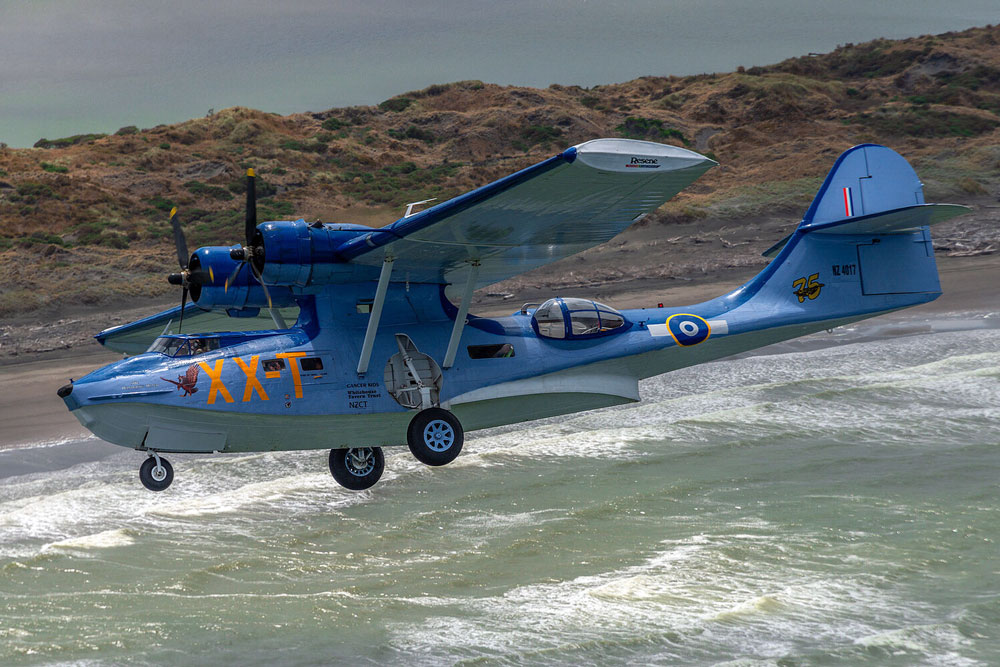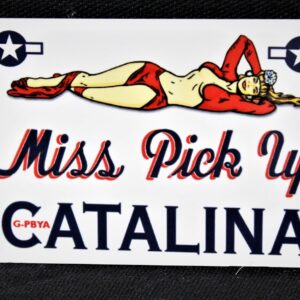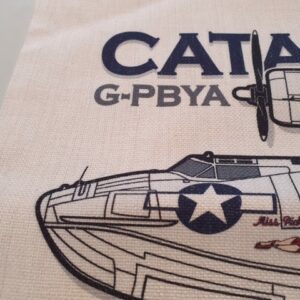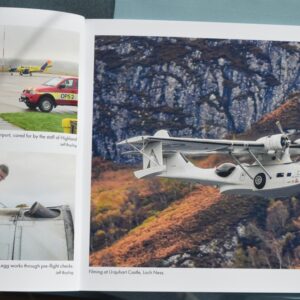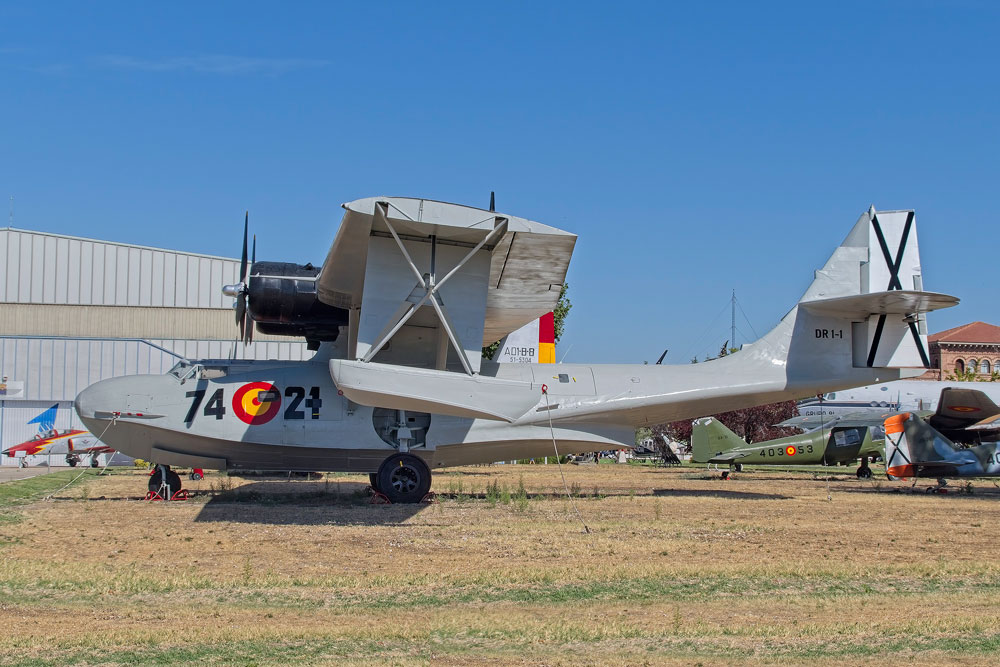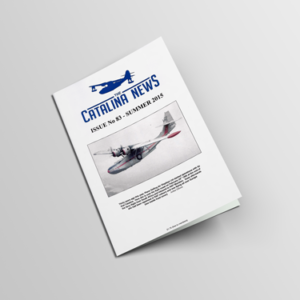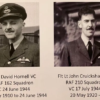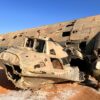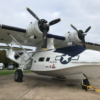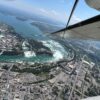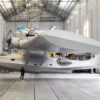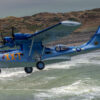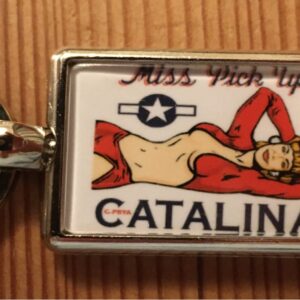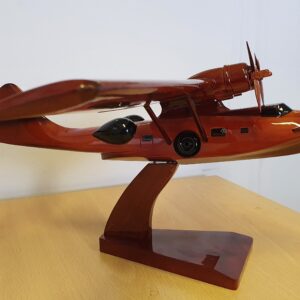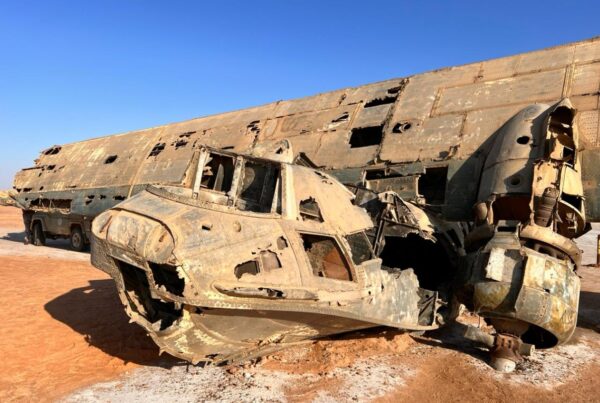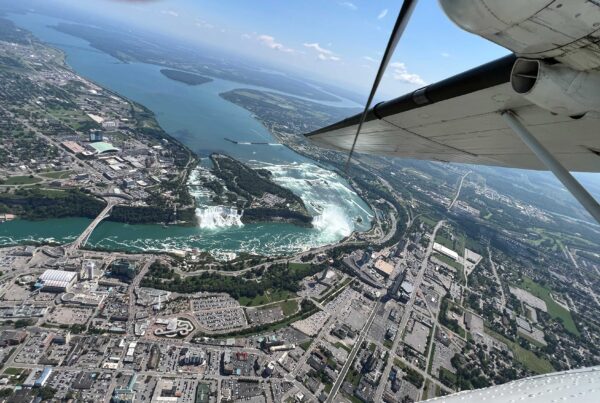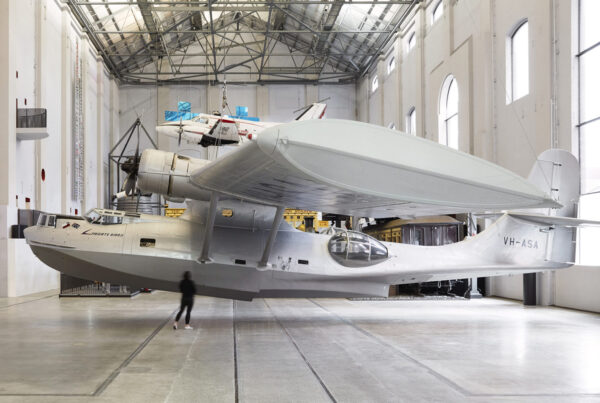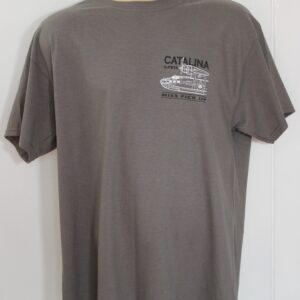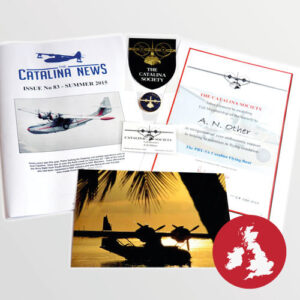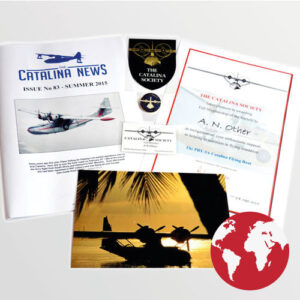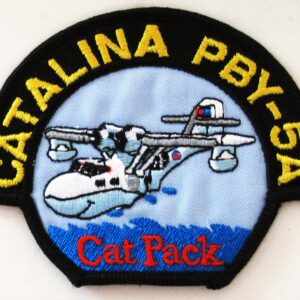There has been a surprising amount of news about Catalinas around the world since my last report, some of which is quite significant.
This report is adapted from the version include in the latest edition of The Catalina News magazine distributed to subscribing members of The Catalina Society. See the ‘Memberships’ tab on this website for details on how to join and support the Catalina Miss Pick Up.
As usual, for consistency, I refer to the featured aircraft using the type designation when originally built. Readers are reminded that my regularly updated list of Catalina survivors can be accessed via the Catalina Society website at www.catalina.org.uk – just click on the ‘Survivors’ link and it can be viewed.
Starting in New Zealand, the rather sad news is that Canso A ZK-PBY has been put up for sale. In a press release in July, the New Zealand Catalina Preservation Society Inc announced that: ‘Recent world events have challenged the ability to generate funds supporting the objectives of the society with the cancellation of several significant community events over the last 28 months. The society, a non-profit organisation run by volunteers, recognises the increased challenges community event organisers face to sponsor the aircraft to attend regional events. Meanwhile the aircraft has been maintained in an airworthy condition and has been regularly serviced with continued volunteer and financial support from the membership. The aircraft has been subject to continued engineering improvements during the inactive period. It is envisaged the Catalina is able to fly for many more years to come. The society has the long-term welfare of the aircraft as its prime objective and has elected to sell the aircraft whilst remaining in good airworthy condition, being one of only a handful of active Catalinas in the world. It is unique amongst the active Catalinas, having a full passenger-configured interior which is a significant feature’.
There is a hope that the aircraft will remain in New Zealand although any new owner there would presumably face the same challenges as the existing operator. ZK-PBY has had a varied career and was made famous in 1990 when it featured in the BBC TV documentary The Last African Flying Boat whilst operating passenger charters along the Nile and in East Africa as C-FJCV and later on the Zimbabwe register as Z-CAT. It has recently been advertised for sale at a price of US$495,000 with 16 passenger configuration (Type Certificate 28-5ACF) and airframe hours of 16,020.
Two of the pilots that flew ZK-PBY when it was operating in Africa in the 1980s and 1990s were Bob Dyck and Oliver Evans, both more recently associated with another Canso A, C-FUAW, based at Victoria on Canada’s Vancouver Island. Bob, a seasoned waterbomber pilot, acquired C-FUAW in 2010 after its firefighting days had come to an end and had it restored to externally resemble its days as a wartime RCAF Canso A, serial 11024. It flew with his company Pacific Flying Boats Ltd for several years but Bob has decided that the time has come to ensure the aircraft’s longevity by selling her and the associated spares holding. The big but pleasant surprise is that the new owner, John Carswell, is to pass the aircraft to the Canadian Warplane Heritage. CWH already operate Canso A C-FPQL from its Mount Hope, Ontario base, painted to represent David Hornell VC’s aircraft serial number 9754. I am told that the intention with C-FUAW is that, after overhaul, it will be based on the west coast and it will be re-painted to represent the colour scheme that ‘UAW wore when, as RCAF serial number 11024, it was flown by John Carswell’s father Andy with the search and rescue unit based at Sea Island, Vancouver, BC. More on this exciting development when we hear it but great news that it will remain in Canada due to John Carswell’s generosity and vision.
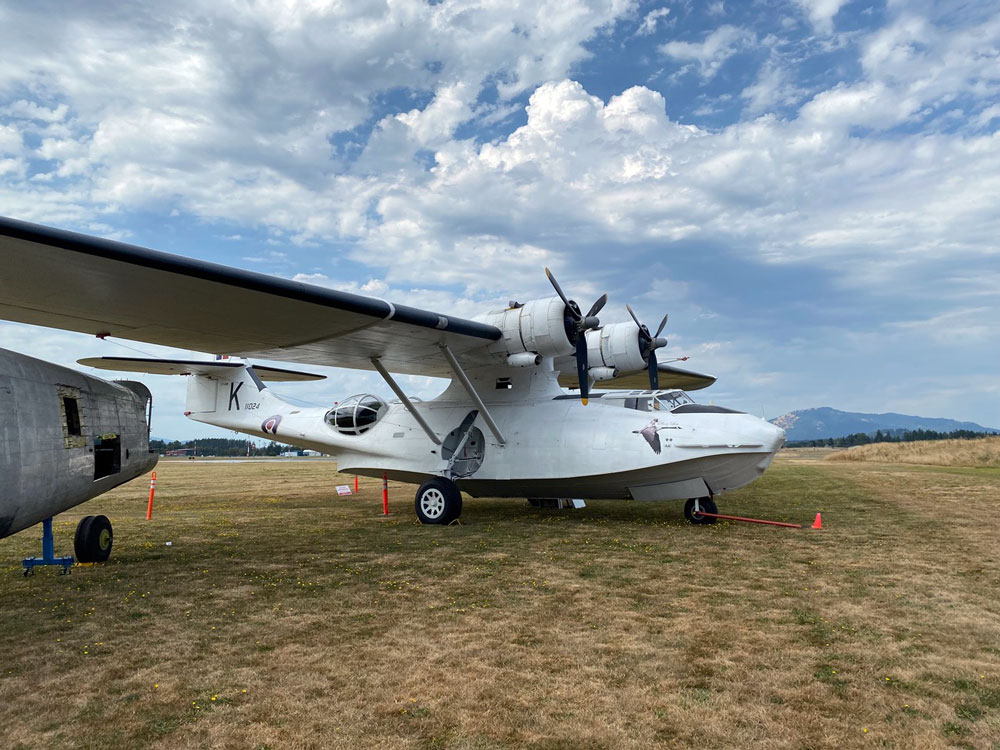
C-FUAW, originally a RCAF Canso A has been acquired by John Carswell on behalf of Canadian Warplane Heritage. She is seen here by one of Miss Pick Up’s shareholders Mark Sutch at Victoria, BC in August 2022
Unfortunately, I also bring news of two accidents, the first possibly terminal for the Catalina involved. As previously reported, Canso A N413PB, originally RCAF serial 11047, was put up for sale by owner Hans Lauridsen, along with the other aircraft in his collection at Buckeye Municipal Airport in Arizona, a few months ago. None of the aircraft had flown for some time and were stored in the open. A freak storm hit the Buckeye area on August 7th and, despite being picketed down (possibly not very well), the Canso was overturned causing extensive damage. It’s future looks a bit bleak at the moment although it may be repairable.
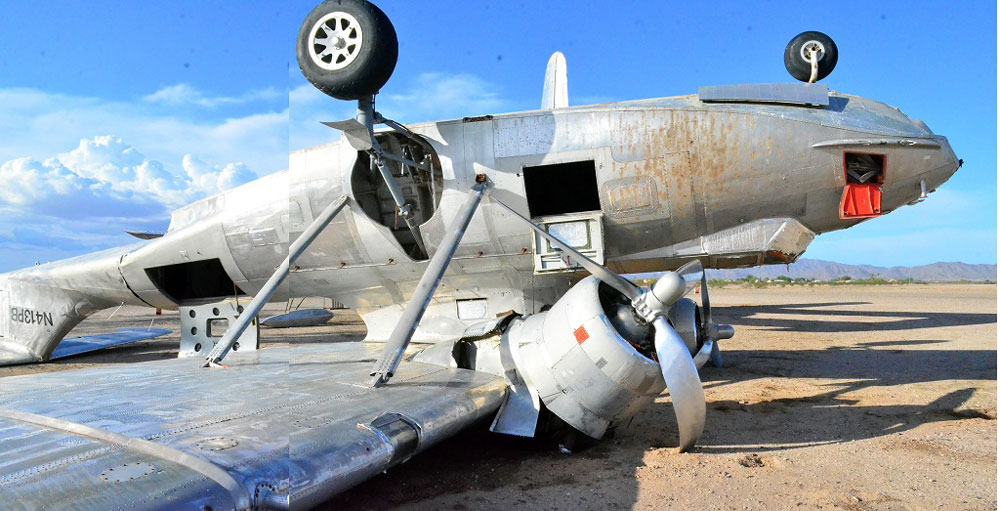
N413PB after her spot of bother with high winds at Buckeye Municipal Airport in Arizona on August 27th Matt Gunsch
The other accident involved yet another former Canso A, N9767 owned by Soaring By The Sea Foundation of Eugene, Oregon. Acquired in France a while back and ferried to the USA as reported in these pages at the time, N9767 has been very active from both land and water since arriving in America and has been providing passenger flights from its base and at northwest state airshows. Last winter it underwent an extensive overhaul. The organisation’s Peter Houghton reports: ‘Reworking the aircraft’s fabric was quite an undertaking to say the least! We used enough fabric to completely recover at least three Stearmans! There were 10,200 rib stitches and lots of colourful language! All the work took just over 18 months start to finish. We went as far as pulling the dishpans off the engines to give everything a proper cleaning and a total re-seal of the top ends of both motors, replaced numerous control cables and all the bearings in the flight control system. We did find corrosion in the attach angles of the trailing edge sections. I was able to find the Alcoa extrusion drawing and I had a company run 300 ft for me as well as 200 ft of the tilted Z stringers for the hull. The trailing edges themselves were not in too bad a condition but there were lots of small cracks and ’piss poor’ field repairs over the years. I did change quite a bit of the trailing edge strip on the ailerons as well as a couple of sections of the wing trailing edge sections. The rest of the work was concentrated on the interior, mostly removing the old upholstery and wiring from when it did the Okavango missions in Africa years ago. We did an extensive clean out of the hull with an anti-corrosive product as well as stripping out the last remnants of the old firefighting water tank. Eventually we will remove the drop doors entirely when we have time! All told we lost just over 1,500 lbs and gained 10 knots airspeed! Using the same cruise power settings we went from 110 kts to 120!’
‘After all that, we got her flying again and went down to a ‘show at Utah. Afterwards, we went out to Willard Bay to carry out some water landings and we had a failure of the nose gear retract cylinder fork end. The doors closed and triggered the sequence valve for the door lock pins but fell open before the pins could engage the doors proper. We had all indications that the gear was up, doors locked and no light between the doors through the window cockpit floor window so all good to land on the water we thought but …nope! Our touchdown was normal but, as we decelerated, the air load holding the doors closed diminished and the left door dropped and made contact with the water. The nose pitched down and we had an uncontrollable yaw to the left for about 50 degrees off heading. The yaw caused the right-hand float to get a side load which folded the sponson. These are designed to fold so as not to transfer the load up into the wing!’
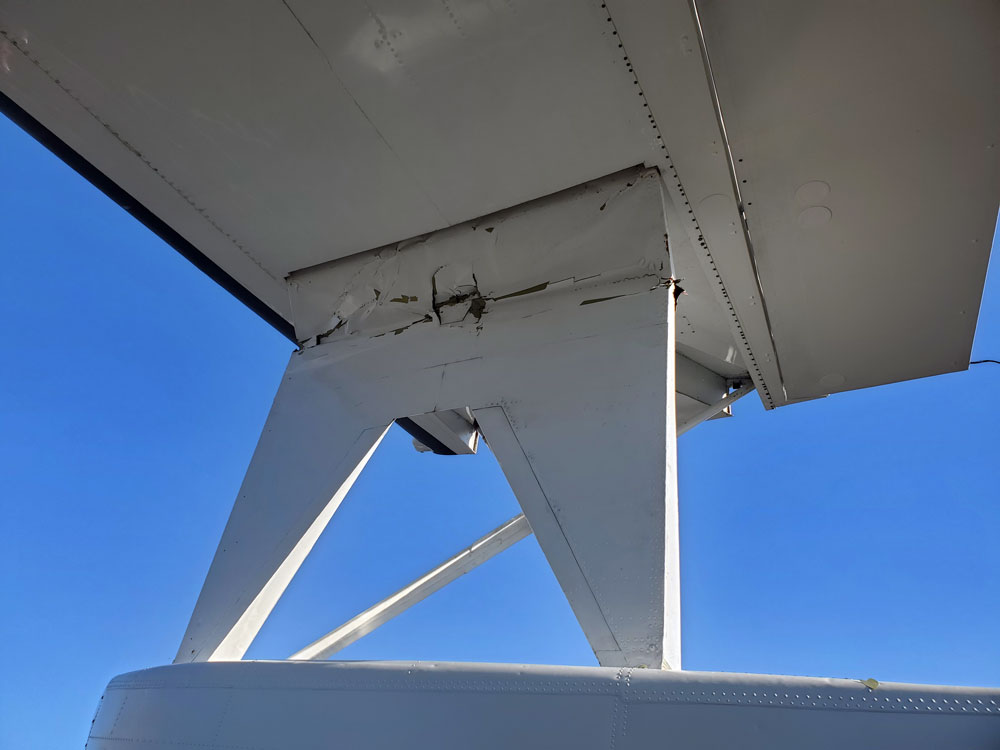
N9767’s crumpled starboard float structure after her waterloop following nose gear door failure on the water at Willard Bay, Utah on 27th June
‘Of course, on the water we were trying to figure out what had happened while getting the plane beached. We were lucky that the shore had a 120 ft wide boat ramp and we were able to be towed up onto the parking area. Just after we got on land we started to investigate and we found the broken fork end. It was evident that the crack had been present for some time as evidenced by the rusted surface on the broken part of the shank. Shortly after we found that, a gentleman arrived with photos of us on short final showing the doors just slightly open. Good and bad as whilst I was relieved I hadn’t screwed up, I was also unnerved that it all happened in the first place. All the repairs have been completed with new torque tubes and lots of ‘new-old’ stock parts in the door system. We got off the lake with no issues and then flew five hours back to Oregon on August 19th for the airshow at McMinnville, Oregon with no problems at all!’ To which your author can only add that, given the circumstances, the Canso and crew had a very lucky escape! Well done to all for getting her repaired and flying again.
Much nearer home at RAF Cosford, there is still no news about the future of the RAF Museum Midlands PBY-6A 8466M, ex-Royal Danish Air Force L-866. She is on the list of aircraft available for loan so it will be interesting to learn what transpires and where she goes, if anywhere. Last year, she was suddenly surrounded by scaffolding but an enquiry to the museum prompted a reply from Michelle Worthington to the effect that this was only in place to facilitate repainting and was not a prelude to dismantling!
Finally, news from Roberto Yañez Spain is that the PBY-5A Catalina last registered EC-693 has been repainted. Displayed out of doors at the Museo de Aeronáutica y Astronáutica o Museo del Aire, Cuatro Vientos, in Madrid it represents a USAAF aircraft that was interned by the Spanish during WWII and subsequently saw limited use with the Ejército del Aire until lack of spares led to it being scrapped. The new scheme shows the lighter grey colours worn by the original aircraft, serial 74-21 when fist used by the Spanish. It is good to know that it is being looked after.


